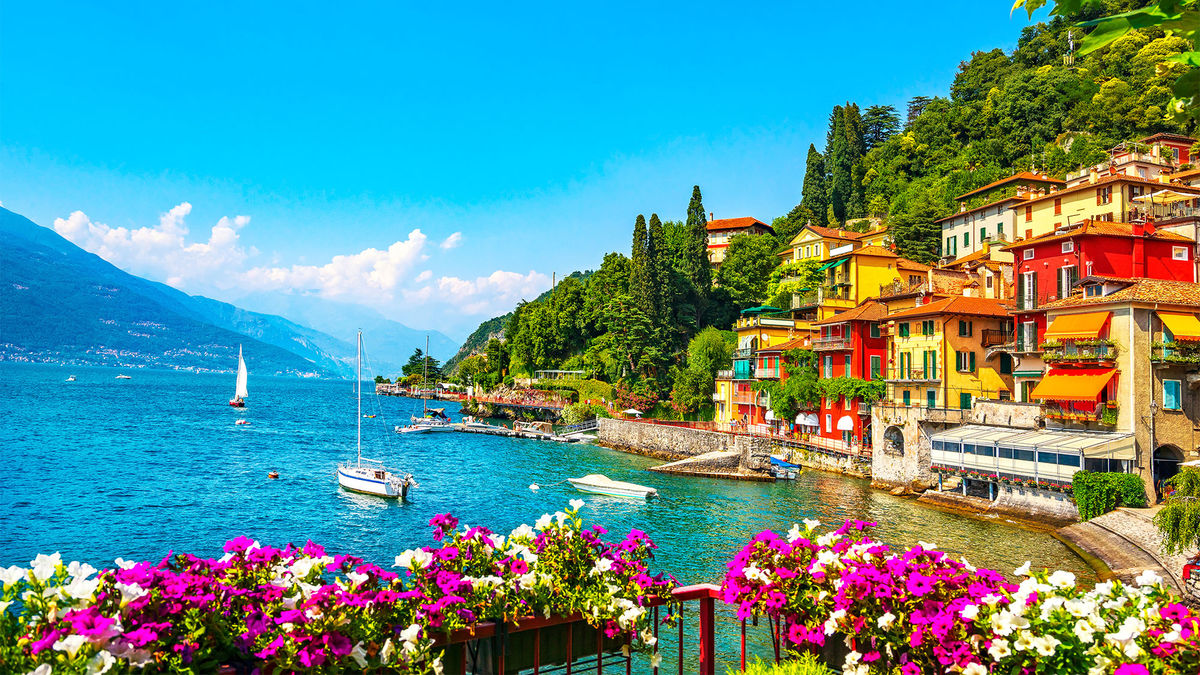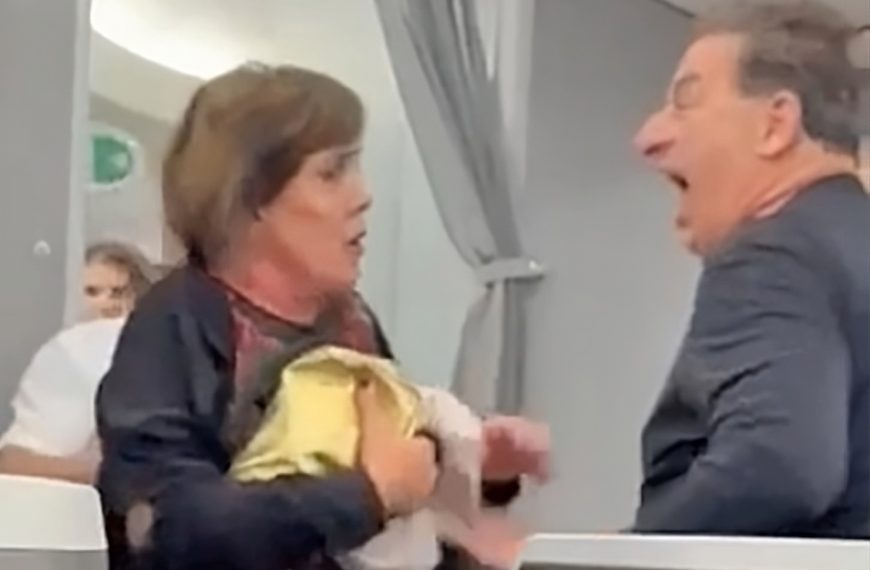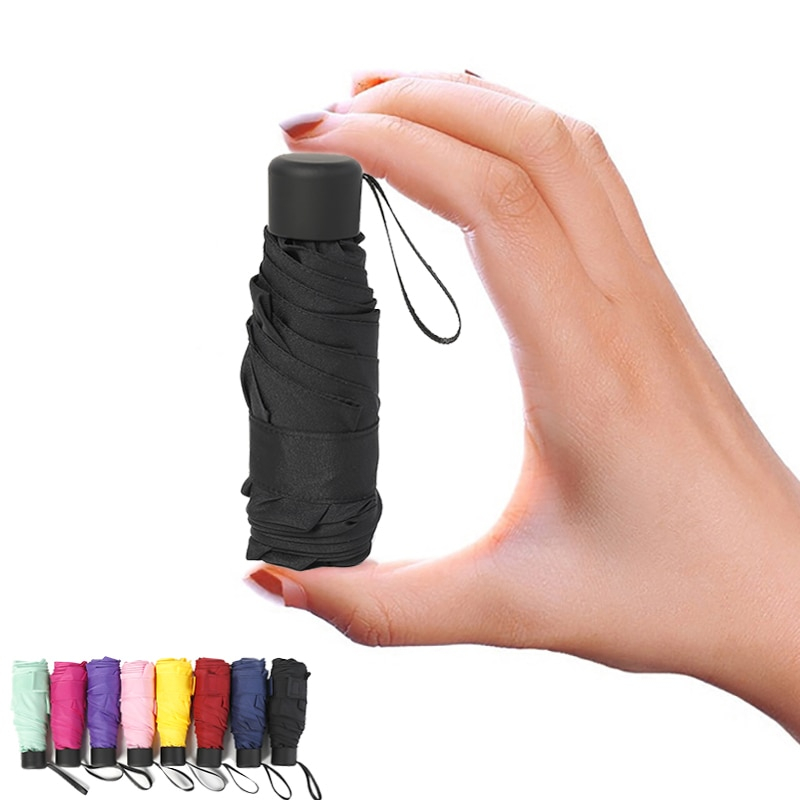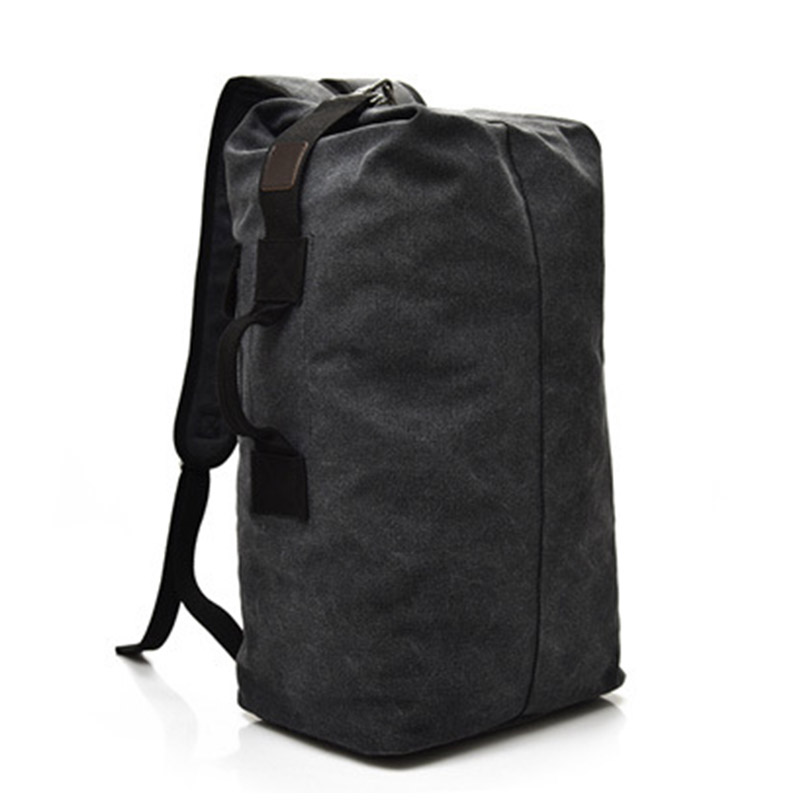The luxury hotel market appears to be undergoing an upmarket shift, as the number of properties setting their average room rate at $1,000 or higher has grown substantially across the globe.
According to data from CoStar, the U.S., Italy and France have seen the biggest increases in the number of hotels with an average daily rate (ADR) that reaches or surpasses the $1,000 threshold in recent years. In the U.S., for example, hotels able to sustain an annual $1,000-plus ADR grew from 22 in 2019 to approximately 80 by the first half of this year.
In Italy over the same period, that number went from less than 20 properties to close to 70. And France has grown its ranks of $1,000-plus ADR properties from just over 20 to nearly 50. (And it’s worth noting that these numbers likely underestimate the true count, as CoStar omits many smaller, ultraluxe hotels from its reporting.)
If those numbers seem surprisingly high to you, you’re not alone: A columnist at the Wall Street Journal who wrote an article earlier this month about the trend, titled “The rise of the $1,000 a night hotel room,” said she was “gobsmacked” by the U.S. stats.
Jan Freitag, STR’s senior vice president of lodging insights and national director of hospitality analytics for CoStar Group, suggests that this trend is reflective of a broader “bifurcation” occurring across the hospitality sector.
“In general, this means that the upper end of the market is still doing quite well, but the lower end of the market is not,” he said.
He cited CoStar data indicating that RevPAR for economy hotels in the U.S. was down 4.2% in 2024 through July. At the same time, RevPAR for upper-upscale, full-service properties was up 2.1%.
“I think it’s a fair assumption that for the lower end of the income strata, inflation has taken its toll, and that eats into the budget for travel,” said Freitag. “But then you look to the other end, and [consumers are] doing so well that they have money to fly to Paris.”
But according to Freitag, there’s yet another level of bifurcation happening at the high end.
“There’s luxury, then there’s ultraluxury,” he said. “Clearly, for the ultraluxury properties, there is no limit. There’s just the customer saying, ‘I want what I want, when I want it, and yes, I’m willing to pay for it.'”
Peter Ricci, director of Florida Atlantic University’s hospitality and tourism management program, said he has noticed the increasing prevalence of $1,000-per-night accommodations in Florida markets like Palm Beach and Boca Raton.
“It’s always been expected that if you were in Paris or New York or London, you were going to pay a premium, but now you’re seeing it elsewhere,” Ricci said. “It depends on the market and time of year, but there is absolutely a small percentage of overall travelers that is able to hit that price point.”
Other luxury travelers may be finding that price point a more difficult pill to swallow.
Beth Washington, founder of Washington-based Getaway Guild, has seen the dramatic jump in hotel rates, and it’s caused some of her clients to adjust their travel plans.
She pointed to a set of clients traveling to Italy this fall as part of a trip that was rescheduled during the pandemic.
At the time of the original booking in 2019, the clients’ five-star accommodations were priced between $612 and $723 per night. Upon rebooking last year, Washington discovered that identical rooms during the same season had skyrocketed, with two properties exceeding $1,660 per night and the third reaching $945.
“In this case, the clients decided to splurge on one of the hotels while reducing the other two hotels to four-star to get closer to their original budget,” Washington said. “We find the current normal of hotel rates challenging for aspirational travelers who would have been able to stretch their budget for five-star hotels a few years ago. But now paying these rates significantly impacts the overall travel budget.”
Given the volatility of hotel rates due to dynamic pricing, Washington advises her clients to book flexible rates as early as possible, enabling them to lock in current prices and avoid increases.
That said, travel advisors are finding a silver lining amid the spike.
“Travel advisor revenues have increased along with the increase in rates,” said Washington, adding that it’s not only more expensive trips but also elevated demand for advisors and their services that have helped bolster the bottom line.
It’s uncertain, however, whether the sharp increase in $1,000 hotel rates across the U.S. and Europe will continue at its current pace.
Sarah Fazendin of Videre Travel in Denver said that the pandemic-induced demand spike that drove up rates appears to be plateauing.
“I’ve noticed rates seem to be leveling off a bit,” said Fazendin. “We saw a big jump just after Covid, to the point where clients did start to really push back, but the increases recently have been less significant and less of a concern.”









